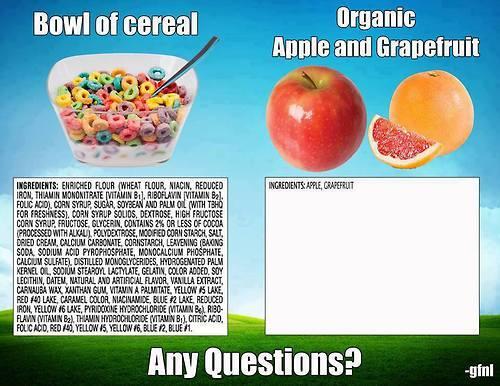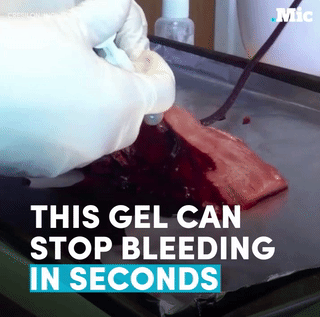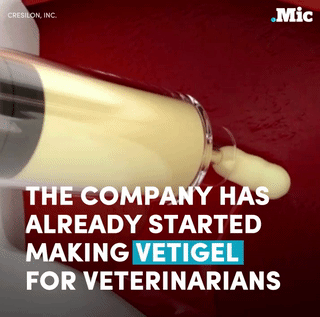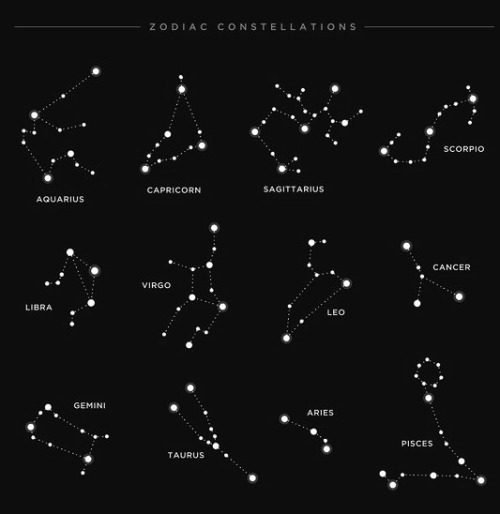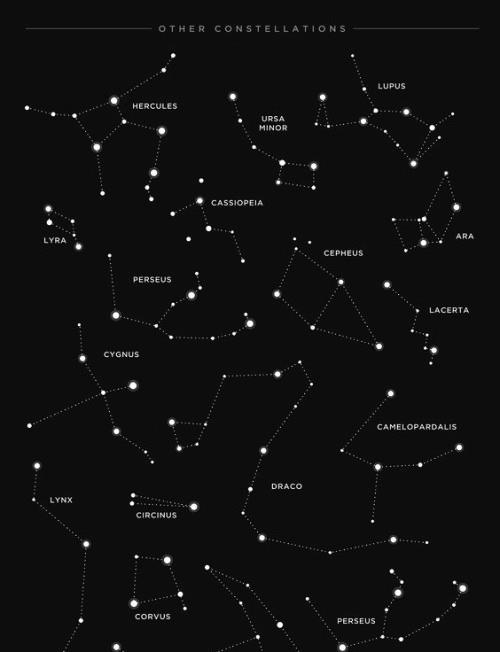The Hubble Space Telescope Just Sent Back A New Photo Of The Twin Jet Nebula. Here’s What It Looked
The Hubble Space telescope just sent back a new photo of the Twin Jet Nebula. Here’s what it looked like in 1997:

And now …

Whoa. But wait, we also got an updated image of the merging galaxies NGC 6240. What it looked like in 2008:

And today:

Science, you’re the best. Oh, and the explanation behind those merging galaxies and their black holes is wild.
More Posts from Science-is-magical and Others

Researchers at King’s College London found that the drug Tideglusib stimulates the stem cells contained in the pulp of teeth so that they generate new dentine – the mineralised material under the enamel.
Teeth already have the capability of regenerating dentine if the pulp inside the tooth becomes exposed through a trauma or infection, but can only naturally make a very thin layer, and not enough to fill the deep cavities caused by tooth decay.
But Tideglusib switches off an enzyme called GSK-3 which prevents dentine from carrying on forming.
Scientists showed it is possible to soak a small biodegradable sponge with the drug and insert it into a cavity, where it triggers the growth of dentine and repairs the damage within six weeks.
The tiny sponges are made out of collagen so they melt away over time, leaving only the repaired tooth.

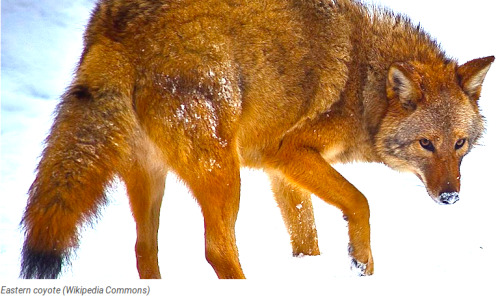
A new species is evolving before scientists’ eyes in the eastern United States.
Wolves faced with a diminishing number of potential mates are lowering their standards and mating with other, similar species, reported The Economist.
The interbreeding began up to 200 years ago, as European settlers pushed into southern Ontario and cleared the animal’s habitat for farming and killed a large number of the wolves that lived there.
That also allowed coyotes to spread from the prairies, and the white farmers brought dogs into the region.
Over time, wolves began mating with their new, genetically similar neighbors.
The resulting offspring — which has been called the eastern coyote or, to some, the “coywolf” — now number in the millions, according to researchers at North Carolina State University.
Interspecies-bred animals are typically less vigorous than their parents, The Economist reported — if the offspring survive at all.
That’s not the case at all with the wolf-coyote-dog hybrid, which has developed into a sum greater than the whole of its parts.
At about 55 pounds, the hybrid animal is about twice as heavy as a standard coyote, and her large jaws, faster legs and muscular body allow her to take down small deer and even hunt moose in packs, and the animal is skilled at hunting in both open terrain and dense woodland.
An analysis of 437 hybrid animals found that coyote DNA dominates her genetic makeup, with about one-tenth of its DNA from dogs, usually larger dogs such as Doberman pinschers and German shepherds, and a quarter from wolves.
The animal’s cry starts out as a deep-pitched wolf howl that morphs into higher-pitched yipping — like a coyote.
Her dog DNA may carry an additional advantage.
Some scientists think the hybrid animal is able to adapt to city life — which neither coyotes or wolves have managed to do on their own — because her dog ancestry allows her to tolerate people and noise.
The coywolves have spread into some of the nation’s largest cities — including New York, Boston and Washington — using railway corridors.
The interbreeding allows the animal to diversify her diet and eat discarded food, along with rodents and smaller mammals — including cats, which coywolves eat skull and all — and they have evolved to become nocturnal to avoid humans.
The animals are also smart enough to learn to look both ways before crossing roads.
Not all researchers agree the animal is a distinct species, arguing that one species does not interbreed with another — although the hybrid’s existence raises the question of whether wolves and coyotes are distinct species in the first place.
But scientists who have studied the animal say the mixing of genes has been much faster, extensive and transformational than anyone had noticed until fairly recently.
“(This) amazing contemporary evolution story (is) happening right underneath our nose,” said Roland Kays, a researcher at North Carolina State.
Watch this report on coywolves.
Raw Story


It’s officially starry scholastic month!
Planet X starts off with a quick science fact!
Planet X’s first lesson will be posted tonight!
Today’s starry Fact: Niku
http://www.popularmechanics.com/space/deep-space/a22293/niku-weird-object-beyond-neptune/
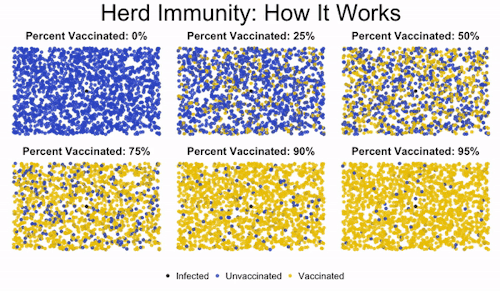
Herd immunity is the idea that if enough people get immunized against a disease, they’ll create protection for even those who aren’t vaccinated. This is important to protect those who can’t get vaccinated, like immunocompromised children.
You can see in the image how low levels of vaccination lead to everyone getting infected. Medium levels slow down the progression of the illness, but they don’t offer robust protection to the unvaccinated. But once you read a high enough level of vaccination, the disease gets effectively road-blocked. It can’t spread fast enough because it encounters too many vaccinated individuals, and so the majority of the population (even the unvaccinated people) are protected.
Find out more here.

Cullen and Romulus are the world’s first set of identical twin puppies. While it’s possible that canines could have produced twins in the past, these Irish wolfhounds are the first to be medically documented and confirmed with DNA testing. Source Source 2

-
 furiouschaoscat liked this · 1 year ago
furiouschaoscat liked this · 1 year ago -
 lemwimsen reblogged this · 1 year ago
lemwimsen reblogged this · 1 year ago -
 lemwimsen liked this · 1 year ago
lemwimsen liked this · 1 year ago -
 indiefoxproductions reblogged this · 1 year ago
indiefoxproductions reblogged this · 1 year ago -
 skyramamve liked this · 1 year ago
skyramamve liked this · 1 year ago -
 morghiesart liked this · 1 year ago
morghiesart liked this · 1 year ago -
 holtizicont liked this · 1 year ago
holtizicont liked this · 1 year ago -
 cappybaras liked this · 2 years ago
cappybaras liked this · 2 years ago -
 stringsbean reblogged this · 2 years ago
stringsbean reblogged this · 2 years ago -
 colorpatch reblogged this · 2 years ago
colorpatch reblogged this · 2 years ago -
 barbaraannprior reblogged this · 2 years ago
barbaraannprior reblogged this · 2 years ago -
 kebabista liked this · 2 years ago
kebabista liked this · 2 years ago -
 pfannkuchendammerung reblogged this · 2 years ago
pfannkuchendammerung reblogged this · 2 years ago -
 bat-zilla reblogged this · 2 years ago
bat-zilla reblogged this · 2 years ago -
 starfilm reblogged this · 2 years ago
starfilm reblogged this · 2 years ago -
 starfilm liked this · 2 years ago
starfilm liked this · 2 years ago -
 crynwr-drwg reblogged this · 2 years ago
crynwr-drwg reblogged this · 2 years ago -
 datsparklez reblogged this · 2 years ago
datsparklez reblogged this · 2 years ago -
 maqqy96 reblogged this · 2 years ago
maqqy96 reblogged this · 2 years ago -
 drzephyr liked this · 2 years ago
drzephyr liked this · 2 years ago -
 asiandutchgirl reblogged this · 2 years ago
asiandutchgirl reblogged this · 2 years ago -
 coolricoolatta reblogged this · 2 years ago
coolricoolatta reblogged this · 2 years ago -
 25coriandah liked this · 2 years ago
25coriandah liked this · 2 years ago -
 toofewtrueblue reblogged this · 2 years ago
toofewtrueblue reblogged this · 2 years ago -
 toofewtrueblue liked this · 2 years ago
toofewtrueblue liked this · 2 years ago -
 nerine-in-bloom liked this · 2 years ago
nerine-in-bloom liked this · 2 years ago -
 ohsugar-ohhoney liked this · 2 years ago
ohsugar-ohhoney liked this · 2 years ago -
 girltwinkcn reblogged this · 2 years ago
girltwinkcn reblogged this · 2 years ago -
 girltwinkcn liked this · 2 years ago
girltwinkcn liked this · 2 years ago -
 paopujuice reblogged this · 2 years ago
paopujuice reblogged this · 2 years ago -
 paopujuice liked this · 2 years ago
paopujuice liked this · 2 years ago -
 smalllemonade liked this · 2 years ago
smalllemonade liked this · 2 years ago -
 lady3li liked this · 2 years ago
lady3li liked this · 2 years ago -
 nekogorogoro reblogged this · 2 years ago
nekogorogoro reblogged this · 2 years ago -
 carryonwaywardangel reblogged this · 2 years ago
carryonwaywardangel reblogged this · 2 years ago -
 crynwr-drwg liked this · 2 years ago
crynwr-drwg liked this · 2 years ago -
 cardinalfeng reblogged this · 2 years ago
cardinalfeng reblogged this · 2 years ago -
 clonebutchblues reblogged this · 2 years ago
clonebutchblues reblogged this · 2 years ago -
 kgoblin reblogged this · 2 years ago
kgoblin reblogged this · 2 years ago -
 kgoblin liked this · 2 years ago
kgoblin liked this · 2 years ago -
 soilrockslove liked this · 2 years ago
soilrockslove liked this · 2 years ago -
 infinitelines liked this · 2 years ago
infinitelines liked this · 2 years ago

